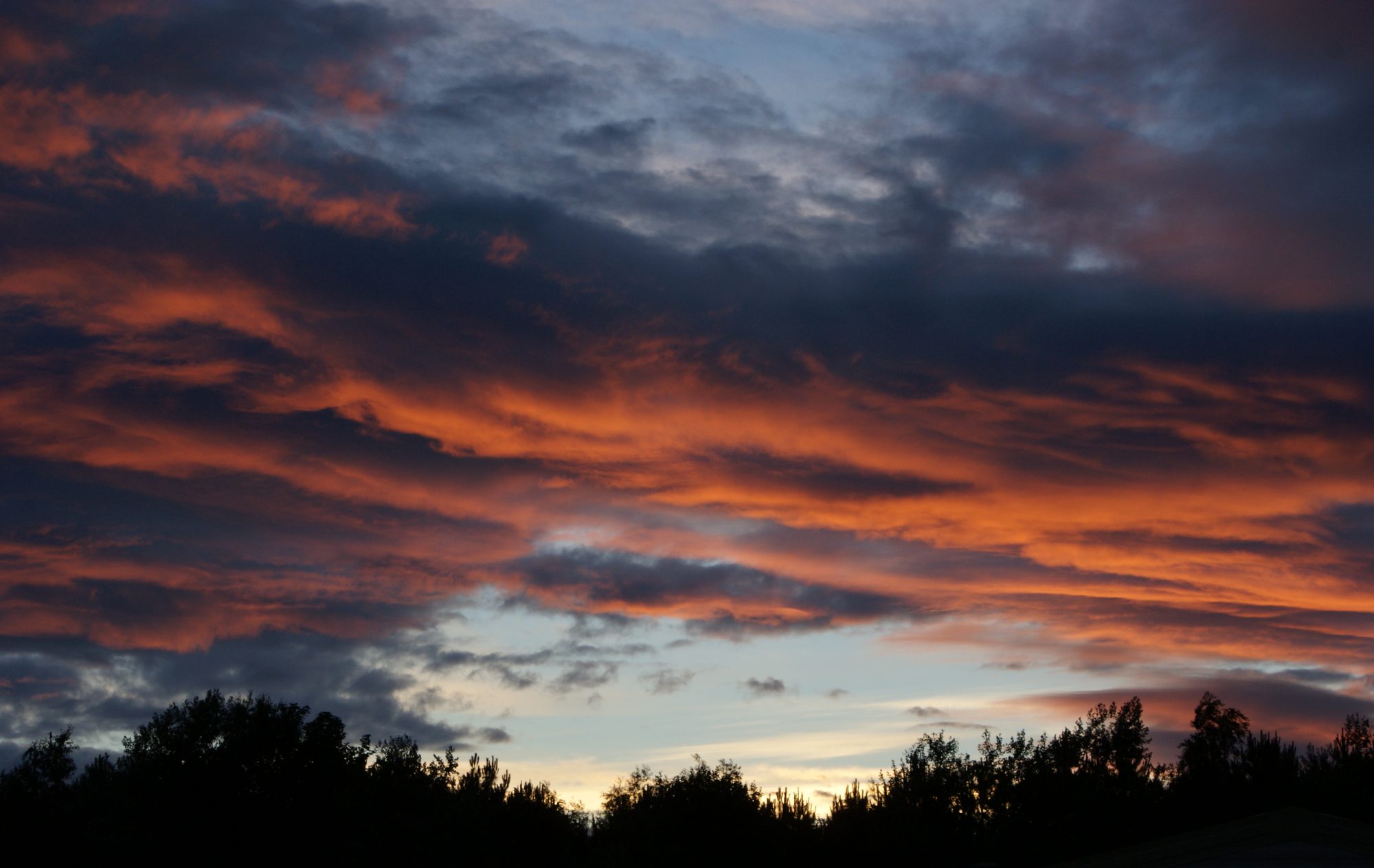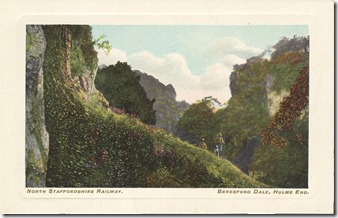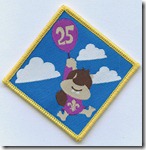The Scout Association has just launched a campaign regarding the raising of the rent paid by Scout Groups for the land that their Scout Huts are built upon.
Many Group’s own their own building, and have done for many years, but the land they are built upon is often owned by their local council (County, District, Borough – you get the idea).Often these were built many years ago and the ground they stand upon is leased for a peppercorn rent or on terms that are generally below the ‘commercial rate’.
However, times are tough and councils are having their budgets cut and are they having to look at ways of increasing their incomes. to do this they are looking at increasing the payments Scout Groups (and other youth organisations, including the Guides) are having to make. An extreme example of this is one quoted on the BBC –
In a further two cases cited by the Scout Association the 23rd Camberwell Group in south London faced a £7,000 bill this year having previously rented school rooms for free, and the 9th Watford Group’s rent was going up from a nominal £7.50 to £650.
To go from nothing to £7000 pa is appalling. And while to go from £7.50 to £650 pa might not sound much, if you’re a Group without much income, it is a lot of money to find all of a sudden.
As usual the councils are targeting the wrong areas. Scouting (and again many other youth organisations) does not receive money directly from government, either locally or nationally. It does receive grants and awards, but these are always awarded on the merit of the individual project and Scouting gets ‘charity discounts’ on their land rental.
About 10 – 11% of the UK’s 60 or so million population are under 18 – I am not using accurate figures here, just approximates. Of that 10 – 11%, over 1 million young people are in Scouting or Guiding in the UK. Quite what that figure would be if the Boys Brigade, Girls Brigade, Baden Powell Scouts, Youth Clubs, Cadets etc. were taken into account, I don’t know. But all these organisations are providing things for young people to do without a direct cost to the taxpayer.
In the worst case scenario, if a Group is forced to close or move away from their building, what will happen to it? Will the landlord (council) be able to lease the land at commercial rates or will it stand empty and become derelict? Who knows, but I would imagine that it would not be reused in the immediate future.
Also, what will happen to the young people if a Group closes? They won’t learn new skills or meet up with friends from different schools and could end up on the streets causing a nuisance of themselves, which would cost, in the long term, more money to put right! So this does seem like a policy of ‘penny wise pound foolish’.
My Group is lucky as this will not affect us, but I know of a number of Groups in our area which this could affect, so please visit the Don’t Raise Our Rents website and sign the petition.
Like this:
Like Loading...


 I was
I was 

 The yearly census of all Scouts in the UK is now complete and while the national results don’t get released for a while yet, locally the figures are looking good.
The yearly census of all Scouts in the UK is now complete and while the national results don’t get released for a while yet, locally the figures are looking good.